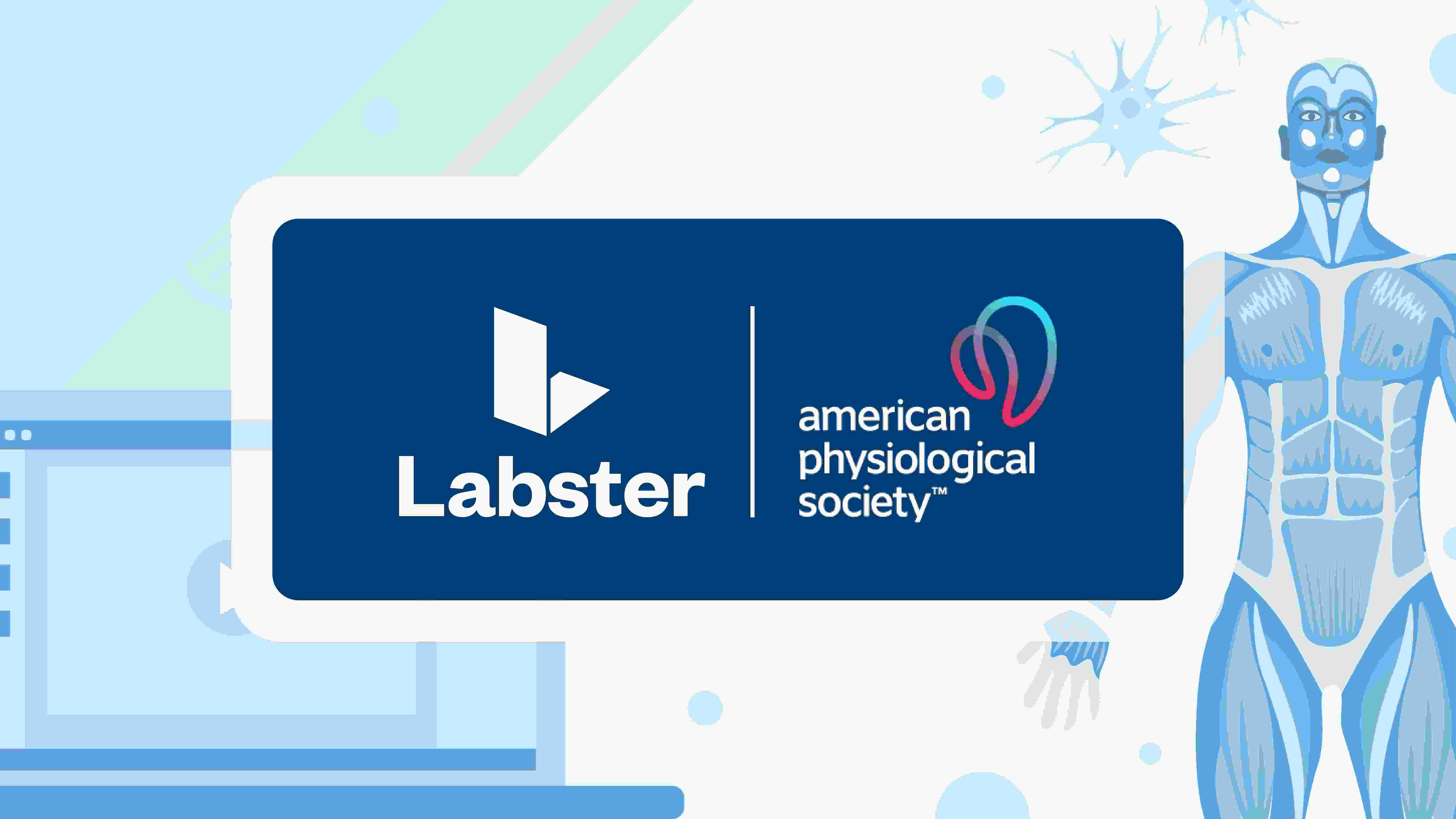
The Thinking Classroom pedagogical framework, originally developed by Dr. Peter Liljedahl for math education, is an evidence-based teaching practice that can be a powerful way to foster engagement, grit, and deeper understanding in physiology classes.
Lilijedahl was initially moved by his observation that few math students appeared to engage in critical thinking or tolerate the discomfort of struggling to understand new concepts. Instead, he writes, “They gave up almost as soon as the problem was presented to them and they resisted any effort and encouragement to persist.” Sound familiar?
What became his model of the Thinking Classroom was the result of more than a decade of Liljedahl’s observation, trial, and continuous improvement of practices that represent a distinct break from the traditional norms of classroom instruction. Some examples:
Adapting Liljedahl's theories to physiology education requires innovative approaches and often, the integration of technology to manage the scale of larger enrollment courses. However, with strategic modifications, these principles can be effective in enhancing student engagement and building self-efficacy, even in large classes.
Here are seven ways physiology instructors can create their own Thinking Classrooms:
1. Flip the Classroom
A physiology instructor can use a flipped classroom approach by having students review lecture material through virtual lab simulations, videos, and readings before class. Class time is then dedicated to applying this knowledge through active learning strategies such as group problem-solving and discussion. This method enhances student engagement and allows for deeper exploration of physiological concepts during class time.
2. Create Visibly Random Groups to Support Diversity and Inclusion
In a large course, use technology to randomly assign lab partners and to place students in groups for case study discussions. Make the selection criteria known so that students understand the process is random. This can prevent cliques from forming and encourage students to work with different peers, broadening their experience and fostering a more inclusive environment. Reassign groups for every class meeting to foster new connections and diverse discussions.
3. Pose Good Problems at Scale
Liljedahl advocates for beginning with good problems. For a large course, pose intriguing physiological scenarios that students can work on in small breakout groups, even if these groups are virtual. These problems should be complex and relevant, such as real-world health issues or new discoveries in physiology. By wrestling with real problems, students feel a sense of purpose and are more engaged.
4. Use Progressive Questioning
Start with basic recall questions and progress to higher-order thinking questions. In physiology, you might begin by asking students to list the components of the renal system and then move on to asking them to explain how these components work together to filter blood and form urine.
5. Give Formative Assessments with Immediate Feedback
Incorporating formative assessment tools is pivotal in the Thinking Classroom, and immediate feedback is essential to this process. Offering low-stakes credit can motivate students to participate more fully, reinforcing their understanding without the pressure of high-stakes grading.
Using technology to provide instant feedback to students is a good way to relieve time burdens on busy instructors. Incorporating live clicker questions and polls during lectures can keep students engaged and provide immediate insight into their understanding.
This approach aligns with Liljedahl's framework by using assessment as a learning tool rather than a judgment tool, allowing students to reflect on their thinking processes and understand their learning progression.
6. Hold Discussions Pre-Lab and Post-Lab
Use pre-lab discussions to prepare students for what they will encounter and to set the stage for the learning objectives. Following the lab, engage in post-lab discussions to reflect on the experience, clarify misunderstandings, and reinforce the connections between the experimental activities and physiological principles.
7. Assign Oral Lab Reports
Incorporate reflective practice by asking students to pair up to give their partner an oral report on their lab procedures and results but also reflect on their learning process, challenges faced, and concepts learned. This can be done after each lab session to promote a deeper level of cognitive engagement by encouraging students to think about what they discovered and any questions that arose.
For students, the Thinking Classroom is not just about absorbing information; it's about becoming thinkers and problem solvers. For instructors, Liljedahl’s framework creates a vibrant and dynamic environment where students are consistently engaged in developing skills that go beyond the memorization of physiological facts to a deeper understanding. As they facilitate learning, educators get to witness the development of critical thinking skills and the joy of discovery in their students - two intangible benefits that can make teaching physiology feel incredibly rewarding.
About the Author:
April Ondis is the Director of Content Marketing at Labster where she focuses on promoting best practices for adopting immersive learning technologies. She is currently a candidate in the M.Ed. in Education Technology and Instructional Design program at Western Governor’s University and holds a Doctorate in Business Administration.

Labster helps universities and high schools enhance student success in STEM.
Request DemoRequest a demo to discover how Labster helps high schools and universities enhance student success.
Request Demo